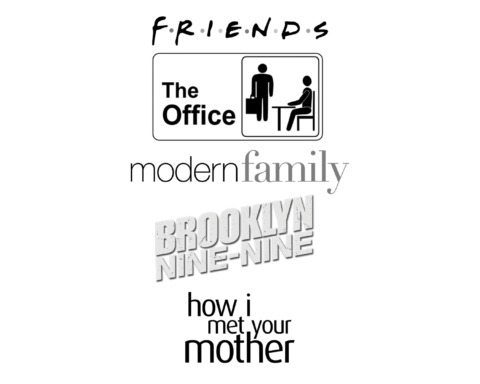BY TYLER SMITH, STAFF WRITER
For many theaters, tickets to Marvel Studios’ “Avengers: Infinity War” sold out in seconds. The 2018 superhero film culminated 10 years of world-building and character development within the Marvel Cinematic Universe.
That same anticipation cannot be felt with the way the studio distributes its content today. Marvel crams too many productions into its schedule for the sake of a paycheck. Therefore, many works suffer from uninspiring characters and substandard visual effects. The universe lacks the direction for which it built its image.
Marvel included six films into each of its first two “phases,” used to separate releases within the universe. Phase three’s film count increased to 11. Phase four has more than 20 scheduled productions packed into a two-year stretch. The company clearly wants to put as many characters on screen as possible. Viewers have no time to digest the latest work before something new arrives. Marvel doesn’t seem to care because executives know the established brand is too big to fail. More heroes on screen means more money.
While the studio’s profit margins don’t have executives shaking in fear, they should be wary that no current on-screen hero portrays a leader. For a while it appeared Black Panther and Spider-Man would lead the Avengers following the departures of Iron Man and Captain America. However, Sony owns Spider-Man’s rights and Black Panther actor Chadwick Boseman passed away, leaving those characters’ futures uncertain. Captain Marvel or the Eternals don’t excite casual fans, and writers don’t give those characters enough emotion or development. The audience feels nothing.
Marvel attempts to disguise characters’ written flaws behind computer-generated visual effects. Before “Infinity War,” most Marvel productions were shot on location with many practical effects. Directors shoot most Marvel works today with green screens and heavy reliance on computer-generated imaging.
2022’s series “She-Hulk: Attorney at Law” cost $25 million per episode. The result made She-Hulk resemble the computer-animated Fiona from 2001’s “Shrek.”
Fans even complained so frequently of a floating head in 2022’s “Thor: Love and Thunder” that Marvel remastered the image upon its Disney+ release.
Just like the visual effects department, the universe’s overarching plotline has no direction. Following 2012’s “The Avengers,” a post-credits scene teased the villain Thanos. For six years, films continued to tease him and use plot devices to connect each story once “Infinity War” was released. Today, every production seems like a side quest with no contribution to what will appear in the next two Avengers films.








